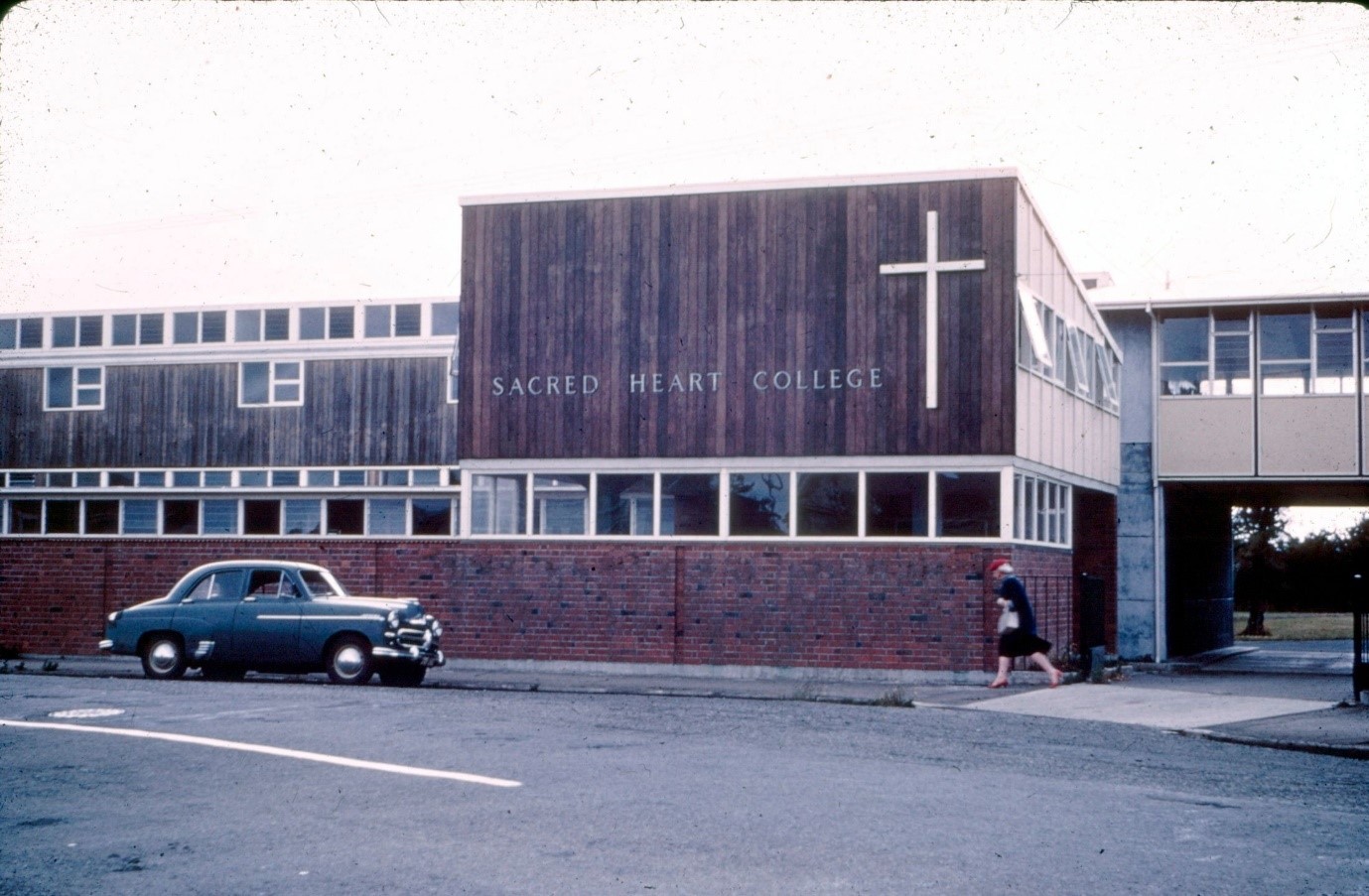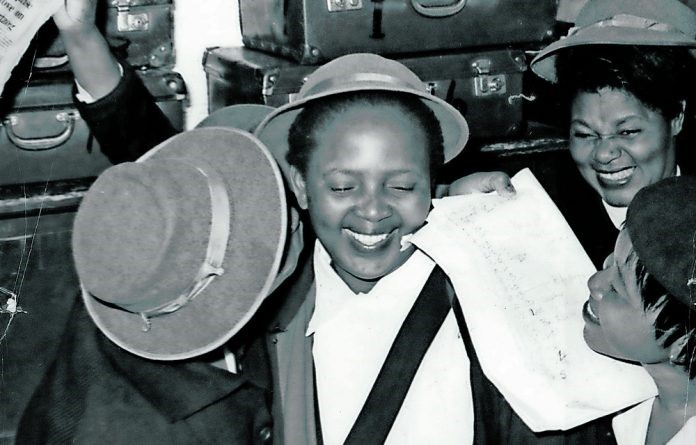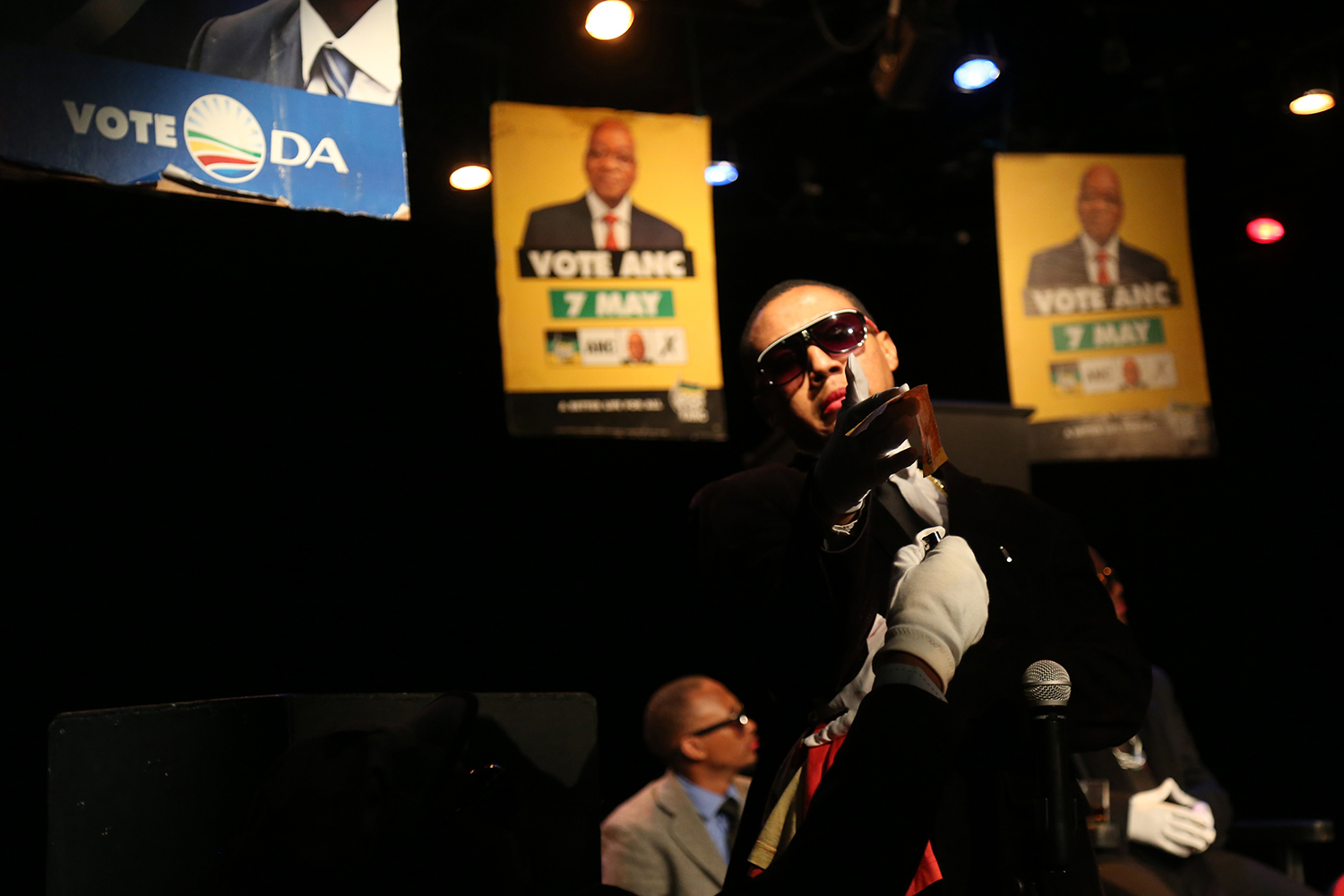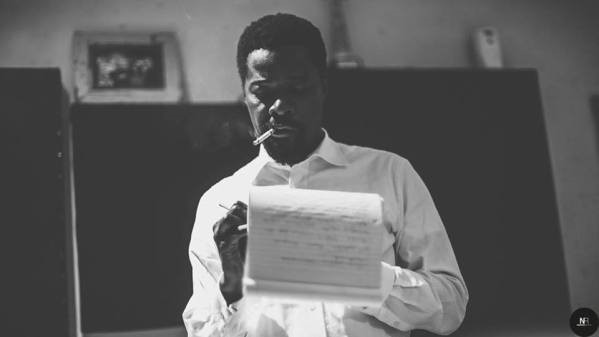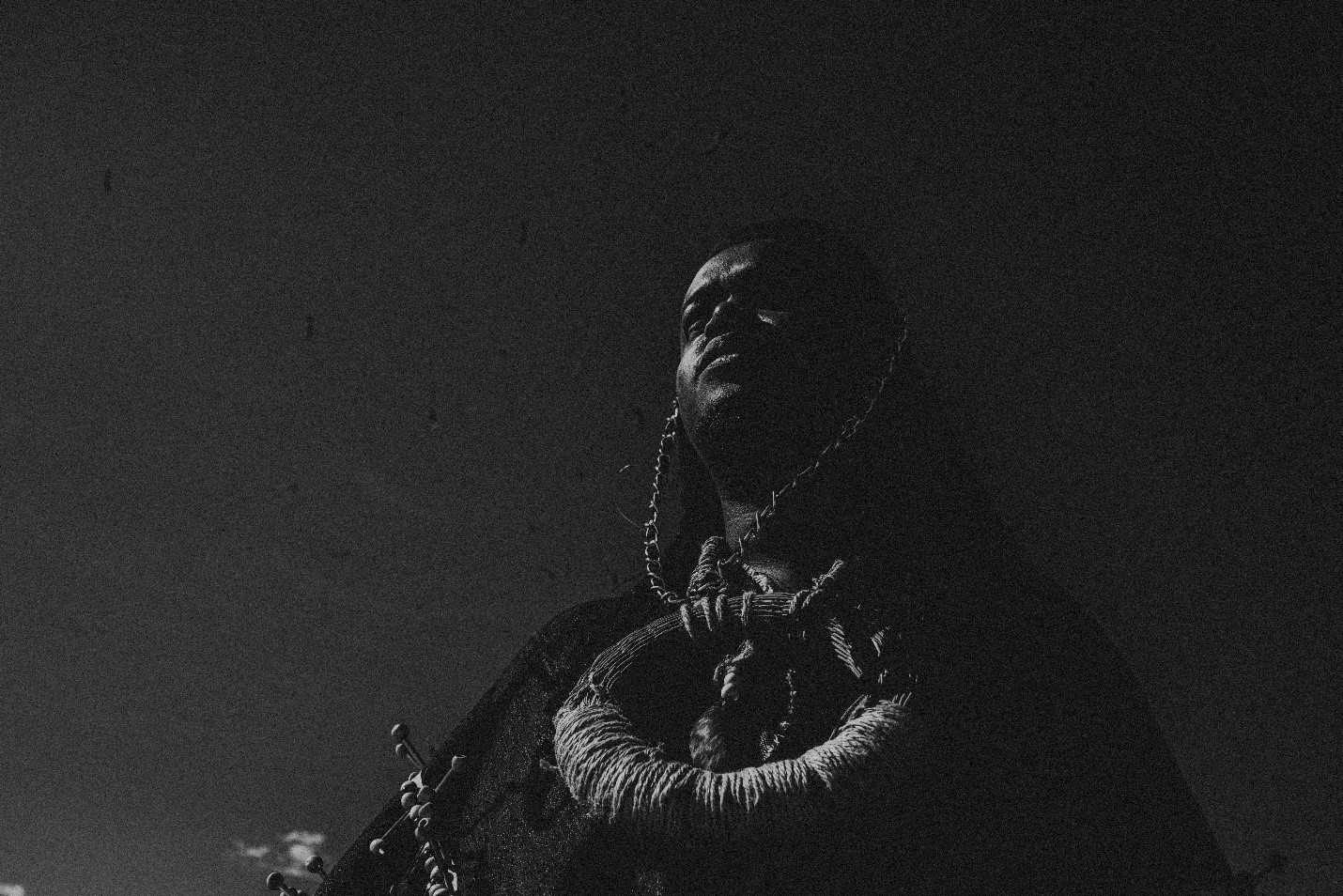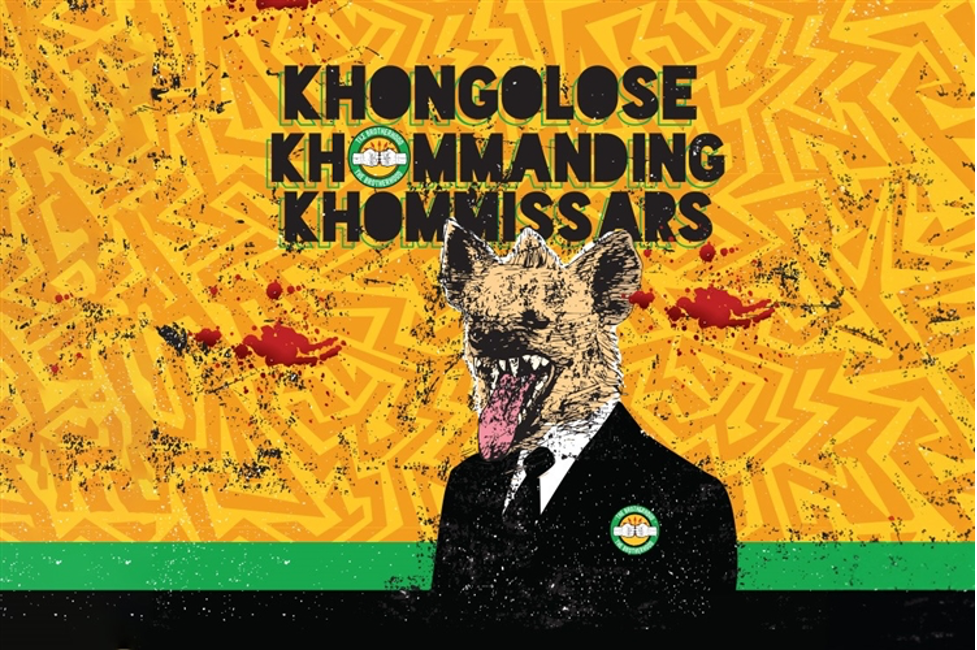On Monday the 13th of June 2022, I honoured an invitation in my capacity as an alumnus to present a lecture about Sacred Heart College (SHC), whose Latin motto is In Meliora Contende meaning ‘Strive for Better Things’.
On Monday the 13th of June 2022, I honoured an invitation in my capacity as an alumnus to present a lecture about Sacred Heart College (SHC), whose Latin motto is In Meliora Contende meaning ‘Strive for Better Things’.
HC has been based in 15 Eckstein Street, Observatory, Johannesburg since 1924. The original school name was Marist Brothers (as it was a boys-only school until 1980). Originally SHC was located at Koch Street in downtown Johannesburg from 1889, that initial address is currently occupied by the Mariston Hotel and is used for student accommodation for University of Johannesburg (UJ).
My task was to speak about SHC’s role, relevant to the unrest of June 1976. My hosts consisted of the first female Head of SHC and Principal of the High School Heather Blackensee and her deputy Principal Dhiraj Bharuth.
The latter pair felt that although in the previous year, they had invited guests (such as Antoinette Sithole – the eldest of three sisters of the deceased Zolile Hector Pieterson (1963-1976), a lingering gap, however, persists in the public domain, vis-à-vis SHC’s role against the Apartheid regime’s nefarious segregation agenda for schools.
I accepted the invite, based on my research apropos the long duree of SHC’s history. As part of background, I propose an observation of how June 16th in 2022 was commemorated. On Thursday, June 16th, 2022 the usual razzmatazz of commemorating the 46th anniversary, of what has problematically been labelled for the umpteenth time, as the 16th of June 1976 Student Uprising was underway.
I dispute the latter label, for reasons of singling out the 16th of June and using words such as a student uprising. Such jargon is misleading.
A more applicable reference may instead be the unrest/uprisings of 1976 because that indicates the plurality of the violent events (both preceding and post 1976 in opposition to the repressive apartheid and Bantu Education Act 47 of 1953).
My suggested alternative reference seeks to contrast the misnomer of a single date of June 16, which implies an isolated incident instead of ongoing protests.
My alternative reference also dismisses the incongruous limitation of folks, caught in the crossfire beyond the cohort of juvenile students.
Such appalling selective amnesia, of consistently omitting non-students, who were also involved in the affected schools and respective communities countrywide, must be nipped in the bud.
Regrettably, the number of unsung activists, who remain relegated in perpetual obscurity, lingers onward.
This is a great injustice from the bulk of narrations, about the unrest of 1976.
A sample list of lesser-known names, beyond that of Orlando High School students, includes Naledi High School’s student leaders.
Uppermost in mind is Kgotso Seatlholo (1958-2004) who was Tsietsi Mashinini’s deputy and later successor as President of the Soweto Student Representative Council (SSRC), Enos Ngutshane (the troublemaker who started it all) by writing a letter of protest, against introducing Afrikaans as a medium of instruction in April 1976 to the National Party’s (NP) Minister of Bantu Education and Development Michiel Coenraad (MC) Botha (1912-1993), Susan Sibongile Mkhabela (nee Mthembu) she was the defiant General Secretary of the South African Student Movement (SASM) and member of the SSRC, she was among the student leaders trialled as the Soweto 11 that were jailed and tortured by the apartheid regime.
Among the deceased younger students include Noble Thili Mabaso (1967-1976), who was shot outside his Ikemeleng Primary School in Naledi, Soweto by the infamous green car.
Then there was Lesley Hastings Ndlovu (1961-1976). The latter was shot, minutes apart from Hector Pieterson.
The aforesaid sample of names arguably should serve as metaphors, for the multitudes (both students and adults) whom contemporary society continues to fail to recall and revere.
Those writing contemporary history books about South Africa’s schools, such as Clive Glaser’s project on the “History of Morris Isaacson“, must ensure to address such key gaps.
Owing to ongoing protests which climaxed over the three days on June 16th, 17th and 18th in 1976, the Apartheid regime was consequently compelled via the Education and the Training Act of 1979 to officially repeal its Bantu Education Policy.
The latter was meant to legalize the unwelcome enforcement of Afrikaans as a medium of instruction in schools.
The latter was meant to legalize the unwelcome enforcement of Afrikaans as a medium of instruction in schools.
A point often missed, was that the initial target was not to phase Afrikaans in as a medium of instruction in High Schools but instead in Higher Primary and Junior Secondary Schools.
Chronologically, the Bantu Education Act 47 was enacted in 1953 by the then Minister of Native Affairs Dr. Hendrik Verwoerd (1901-1966), following the recommendations of the Eiselen Commission Report of 1951.
For the record, Werner Willi Max (WWM) Eiselen (1899-1977) was a South African anthropologist and linguist, tasked by Verwoerd to study and make recommendations for the education of ‘native’ South Africans.
Let’s recall that among the earliest opposition to recommendations of the Eiselen Report was the Transvaal African Teachers Association (TATA), led by executive members who were teaching at Orlando High School.
TATA’s Chair was Zephaniah Mothopeng (1913-1990), the Secretary was Es’kia Mphahlele (1919-2008) and the Treasurer and Editor of the TATA Journal was Isaac Matlare.
Their defiance abruptly ended, their teaching careers by 1952. Post the 1976 inferno, the public is encouraged to read the Cillie Commission Report (which absolved the NP government from any guilt) and the de lange Report (which recommended a single and an inclusive system of education, away from Apartheid’s segregation policy).
June 16 2022 also predictably witnessed the fallible President Cyril Ramaphosa’s national address, from St. Johns College in Umtata, Eastern Cape.
This vintage Anglican school founded in the 1870’s by Bishop Henry Callaway (1817-1890), counts amongst its prominent alumni former President Thabo Mbeki, the first female Deputy Chief Justice Mandisa Maya and the first ‘black’ female Chartered Account (CA) Nonkululeko Gobodo.
Elsewhere opposition political parties also hosted their own respective commemorations.
The Democratic Alliance (DA) selected to visit Alexandra Township’s old cemetery (in the North East of Johannesburg) to lay a wreath at the grave of Japie Vilankulu.
To the DA’s credit, this shows consistency following their motion, raised in the Johannesburg City Council in 2014, which led to Lion Crescent street being renamed Japie Vilankulu Crescent.
Aged 23 in 1976, Vilankulu was not a student but a worker, who sacrificed going to work on 17thJune 1976, in order to lobby Alex students to go and support their counterparts in Soweto.
Elsewhere in Mofolo Soweto, the Inkatha Freedom Party’s Youth Brigade (IFPYB) held their commemoration of the unrest of 1976.
In Meadowlands Soweto, the Johannesburg Heritage Foundation unveiled a Blue Plague in honour of the founding President of the Pan-African Congress (PAC) Robert Sobukwe (1924-1978).
The Nu Metro Theatres, in Johannesburg, Cape Town and Durban alongside eTV reminded us all about Sarafina’s 30th Anniversary.
With all the above in mind, here is a summary of my SHC lecture.
It had two parts. In the first segment, I provided an overview of key events that took place nationally.
This helped in contextualizing SHC’s history, as one of the private Catholic schools in Johannesburg.
I then narrated about SHC as a Marist School (meaning the school was a member of the Little Brothers of Mary, part of the Roman Catholic teaching order).
The Marist Brothers Movement (MBM) was founded in France by Father Marcellin Champagnat (1789-1840) in 1817.
After being recognized in 1863 by the Roman Catholic Church as a separate Congregation, MBM accepted the invitation from the Bishop of Cape Town Reverend Thomas Grimley (1821-1871), to come to South Africa.
They arrived on the 16th of April 1867. The initial philosophy that spurred father Champagnat was ‘Service in humility and simplicity through teaching the illiterate children of the poor’.
Ironically the initial Catholic schools in South Africa only catered for “White” Catholics. In 1876, the MBM extended their services to the ‘Bantu’.
In the second segment I addressed selected literature, apropos the unrest of 1976 and SHC’s role against apartheid.
Tellingly, Simphiwe Tshabalala (co-Head boy of the SRC alongside Eric Lai in 1985) and Molefe Kgomo formed part of the first “black” students in 1978, to enroll at Marist Brothers.
Medical doctor Jubilee Kgomo and Tshabalala count among the first ‘black’ Board Members of SHC.
Key sources in my lecture included Footsteps Through Sacred Heart College: Surfacing Archival Heritage through Walking and Mapping (2017) an unpublished Master’s dissertation at University of Witwatersrand (WITS), by Caroline Kamana; then a booklet titled The Breakdown of Apartheid Education (2019) by Brother Neil McGurk (Principal of SHC from 1976 to1996) and The Open Schools Era 1976-1986 (2020) by Brother Jude Pieterse and Robyn Picas.
This lecture ascertained SHC’s role in the unrest.
*Dr. Tshepo Mvulane Moloi – Postdoctoral Research Fellow at the Ali Mazrui Center for Higher Education Studies, and University of Johannesburg

